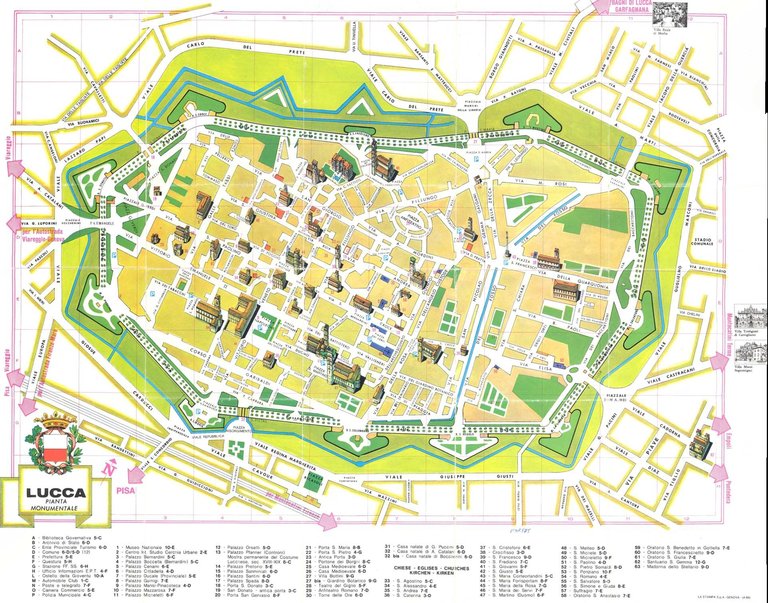
In December 2017, during a short holiday in Pisa, I took a day-trip to the ancient city of Lucca. Nestled among the Tuscan hills overlooking the River Serchio, it is only twenty minutes from Pisa by train, and well worth a visit.
The old city is surrounded by an intact rampart with ten bastions, six gates and a moat, effectively turning the historical centre of the town into a huge star fort. The rampart is 12 m high and was constructed between 1504 and 1648.
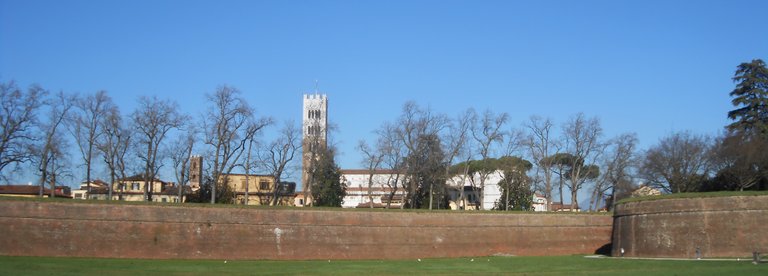
A view of the rampart from outside the train station (which is just across the road from the old city). In the background is the Cathedral of San Martino. In the foreground on the right is the Baluardo di San Colombano (Bastion of St Columbanus), which was named for the Irish saint.
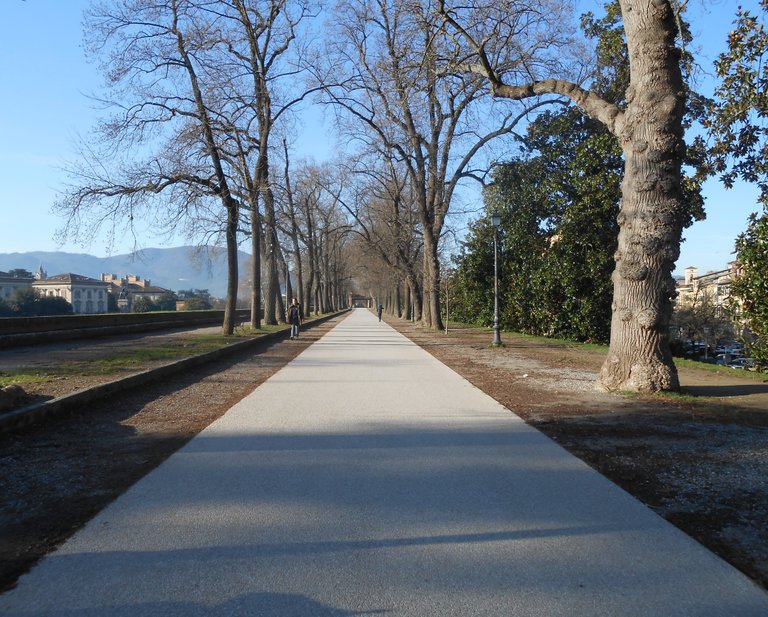
A public walkway (passeggiata) runs along the top of the city rampart. It is an excellent place for walking, cycling or jogging. The total length is 4.2 km.
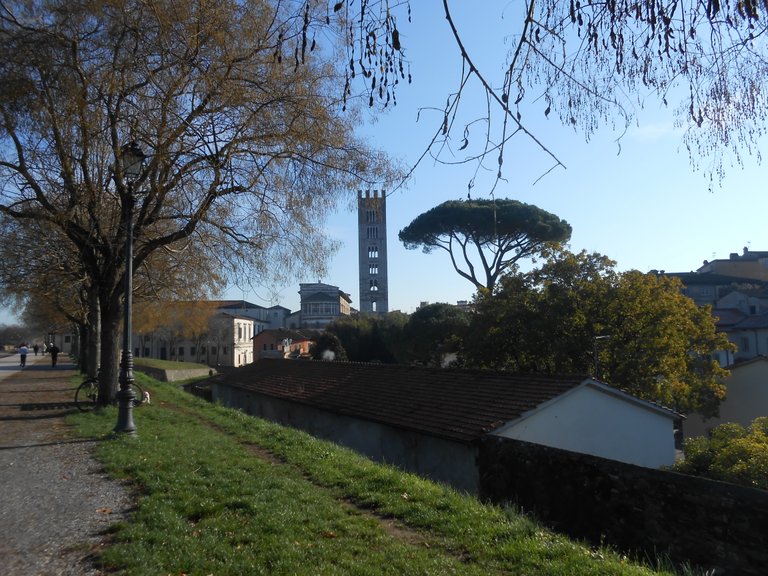
A distant view of the Basilica di San Frediano from the rampart. San Frediano was another Irish saint and missionary. He was Bishop of Lucca in the 6th century.
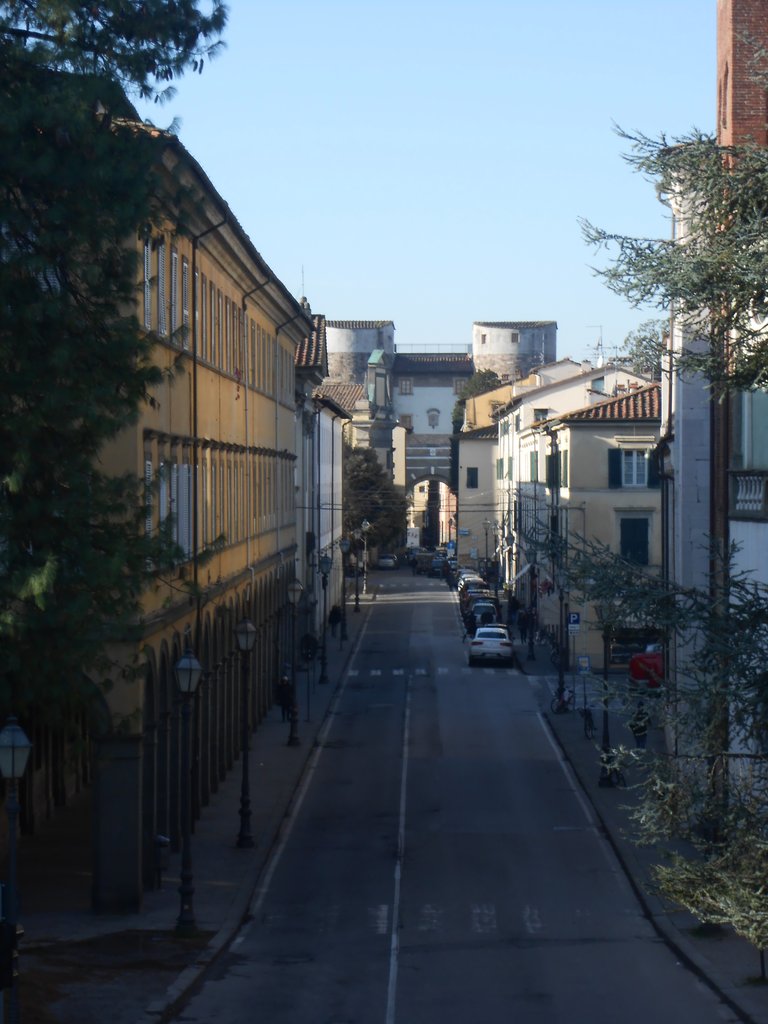
The Via Elisa, from the rampart. In the distance can be seen the Porta San Gervasio e Protasio, a medieval gate (1198) that now lies well inside the historic city.
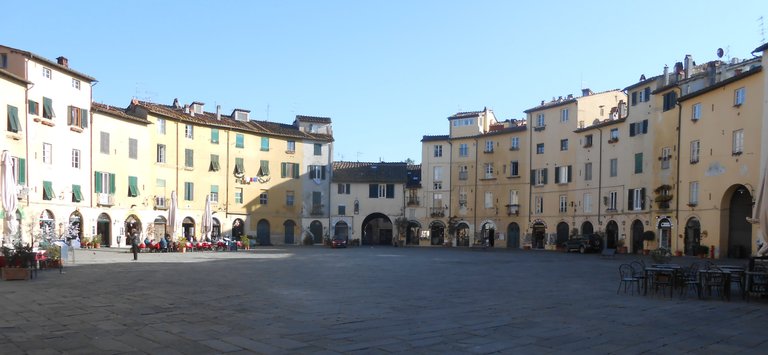
The Piazza dell’Anfiteatro, or Square of the Amphitheatre, is one of the towns principal attractions. It was constructed in 1830 by Lorenzo Nottolini on the site of a 2nd-century Roman amphitheatre.
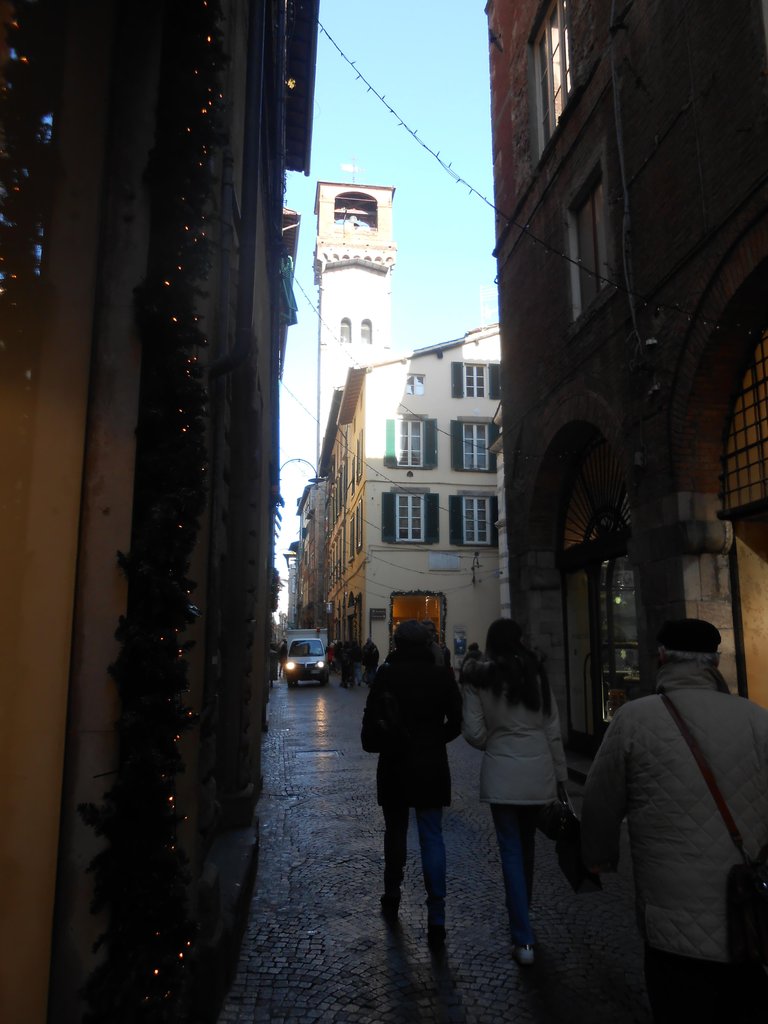
The Torre delle Ore, or Clock Tower, on the Via Fillungo dates back to the 13th century, but it only became a clock tower in 1390. At 50 m high, it is the tallest structure in Lucca’s historical centre. Spectacular views of the city and its environs can be enjoyed from the top of the tower in summer, but it is not open to the public in December.
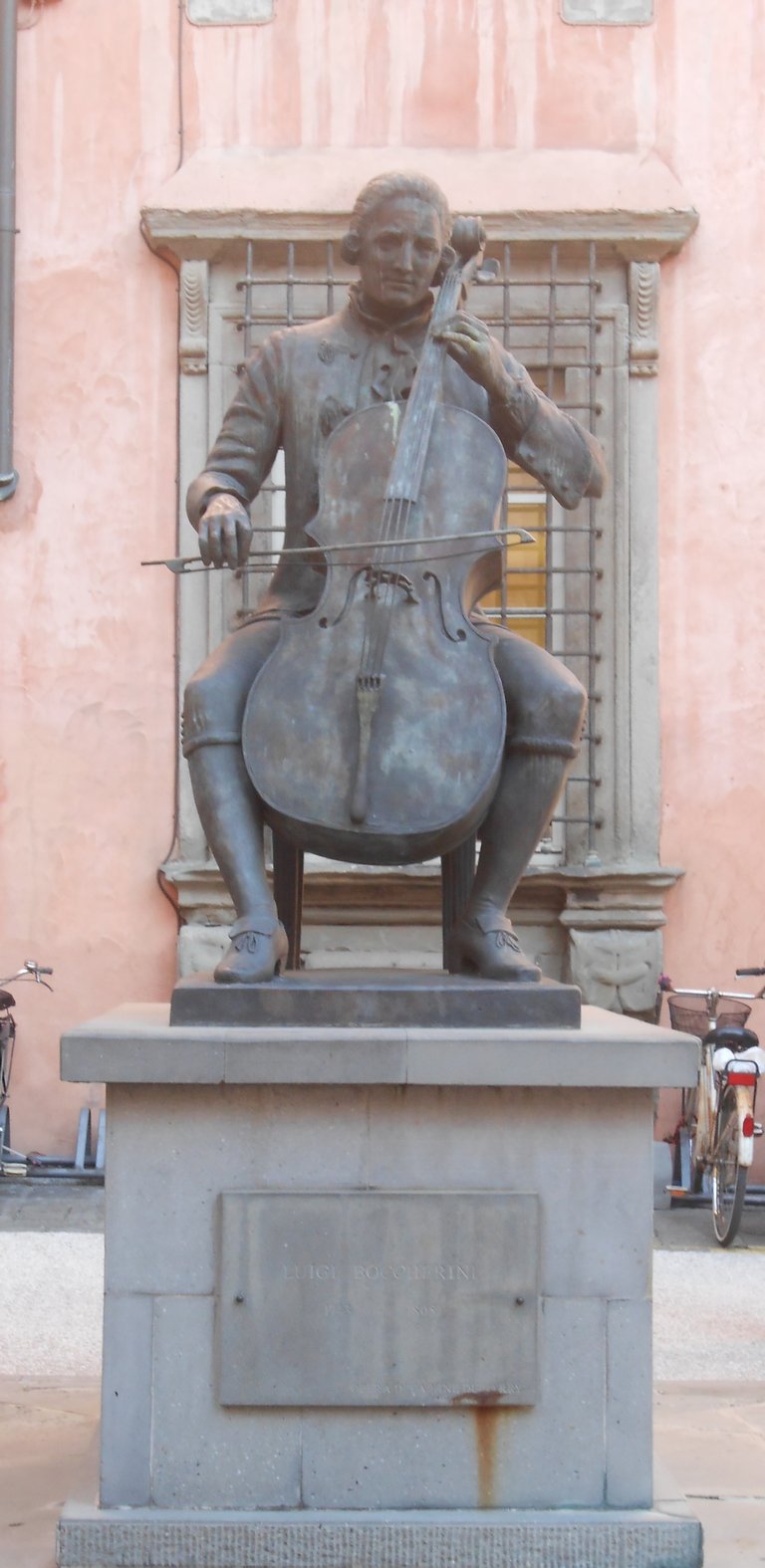
Lucca is the birthplace of several notable composers: Luigi Boccherini, Francesco Geminiani, Alfredo Catalani, and, most famously, Giacomo Puccini. The statue of Boccherini is in front of the musical institute, which is named for him.
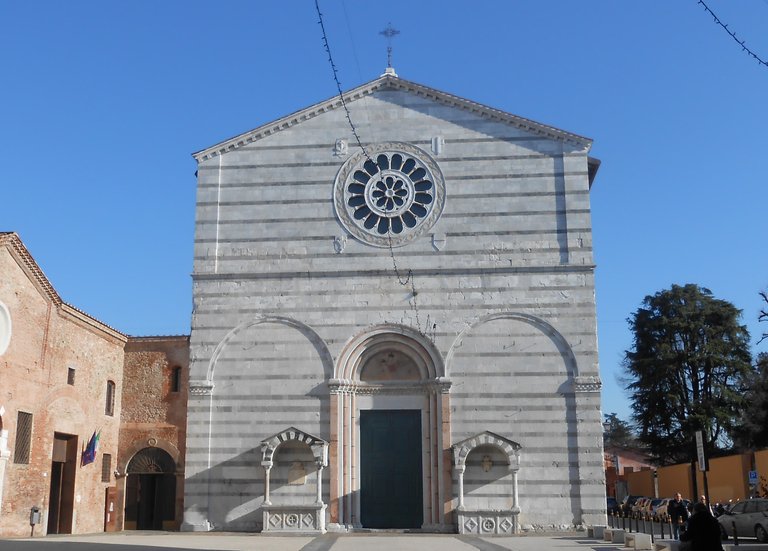
The Baroque composer Francesco Geminiani represents yet another link between Lucca and Ireland. He lived for a time in Dublin (1733-40 and 1758-62), and it was there that he died in 1762. It is said that his death was hastened by the theft of a treatise on music he was preparing for publication—so Dublin was quite literally the death of him! He was initially buried in Dublin’s St Andrew’s Church (a Protestant Church), but in 1929 his remains were reinterred in Lucca’s Chiesa di San Francesco, next to those of Luigi Boccherini.
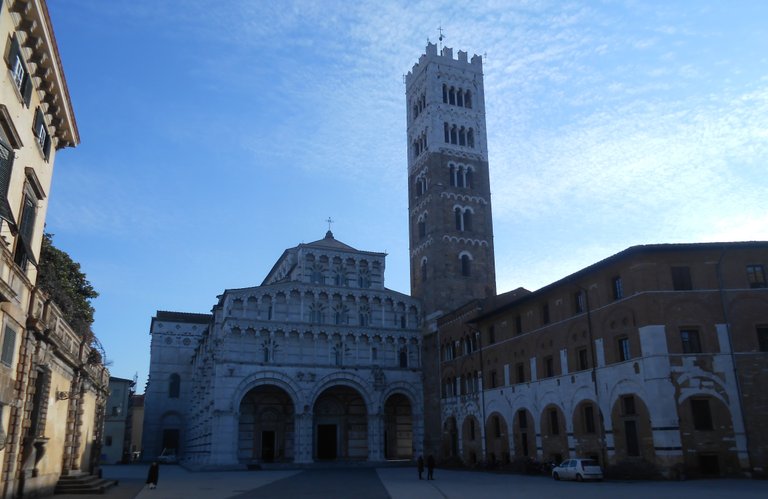
According to tradition, the first church on this site was founded by the Irish 6th-century Bishop of Lucca San Frediano. Construction of the present Duomo began in 1063 under Frediano’s successor Anselmo da Baggio (the future Pope Alexander II). It is dedicated to St Martin of Tours.
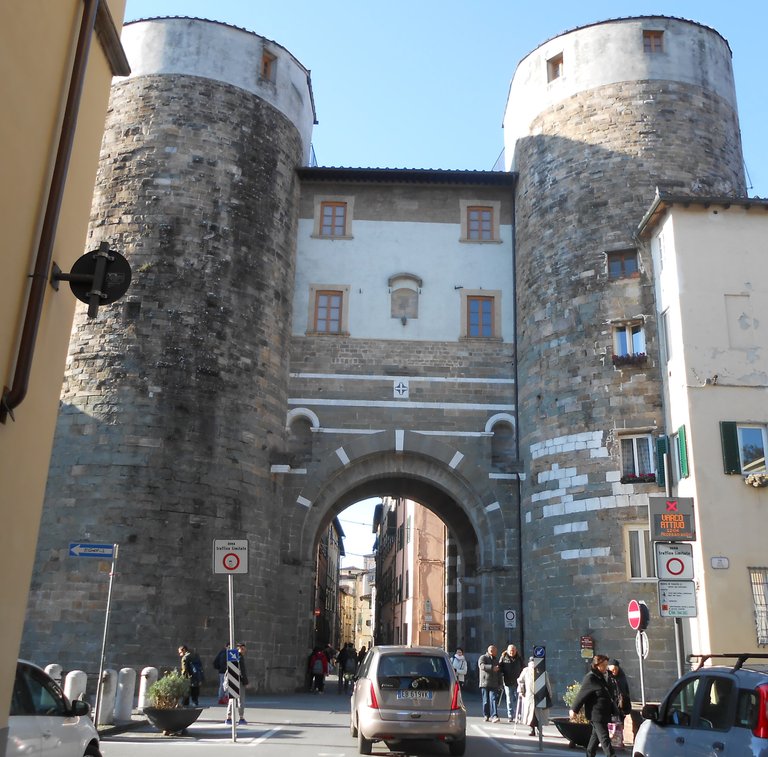
The Porta San Gervasio e Protasio is one of the few remaining sections of the old medieval walls. It was constructed in 1198.
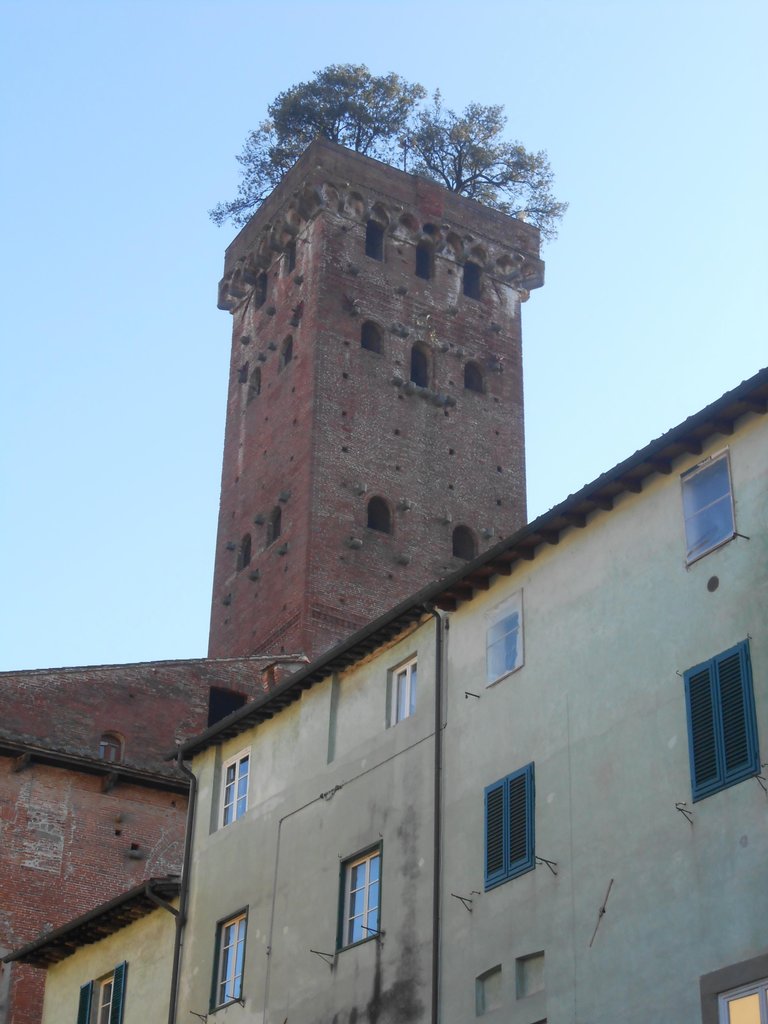
The iconic Torre Guinigi, with its distinctive grove of holm oaks—the garden in the sky—on its roof, is probably Lucca’s most famous building. Accessible to the public—and, thankfully, open in December—it is the ideal location from which to see the entire city in panorama.
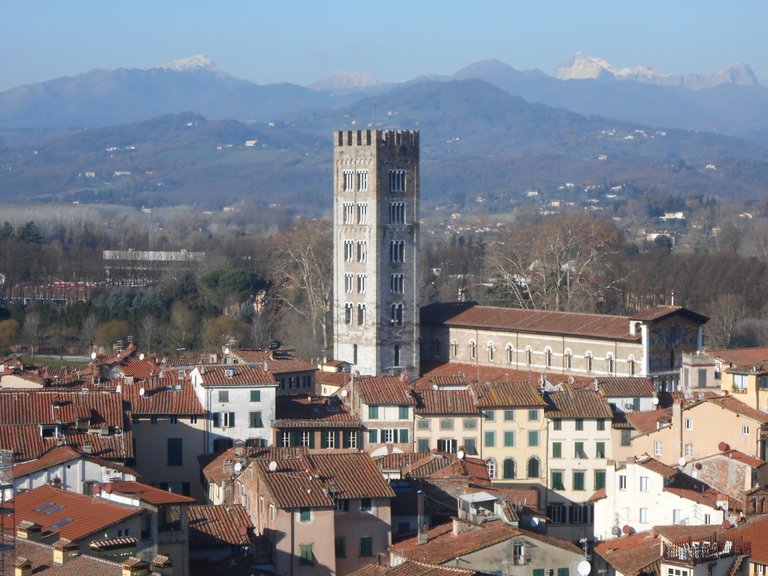
The Basilica of San Frediano, from the top of the Torre Guinigi. In the background, the snowy peaks of the Apennines can be seen.
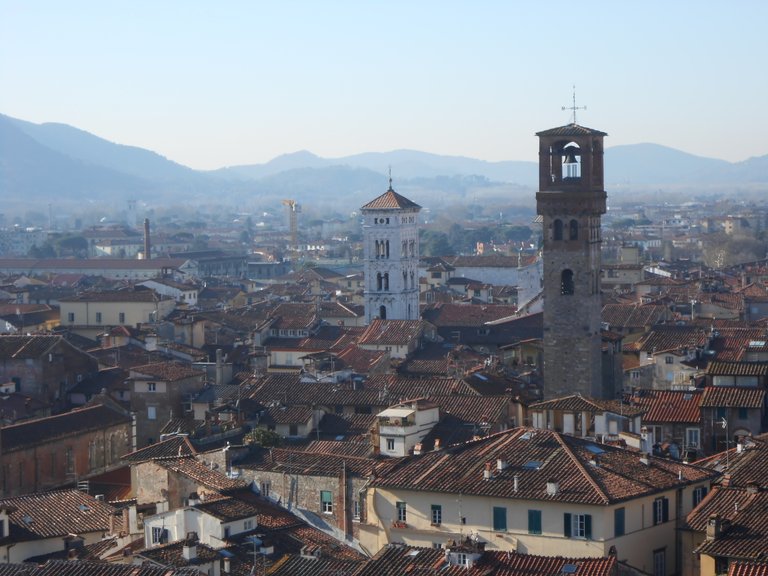
Looking southwest from the top of the Torre Guinigi. The Torre delle Ore (Clock Tower) and the Chiesa di San Michele in Foro (Church of St Michael the Archangel in the Forum) are prominent. The latter was built on the site of Lucca’s ancient Roman forum.
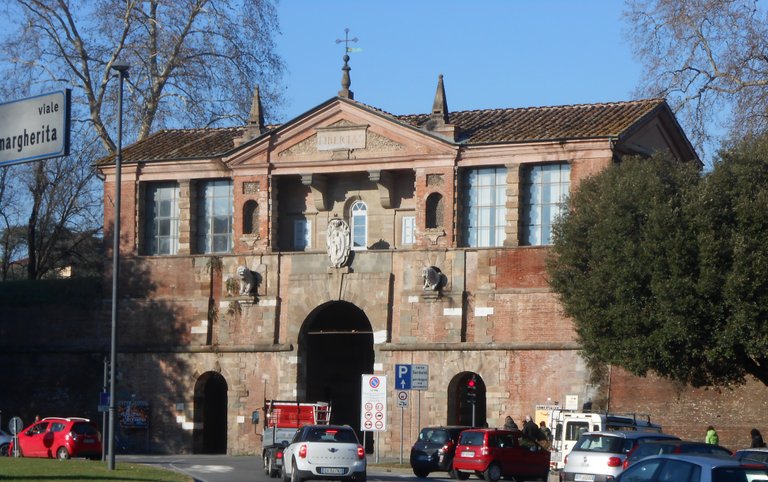
St Peter’s Gate in the south of the city is one of Lucca’s finest gateways.
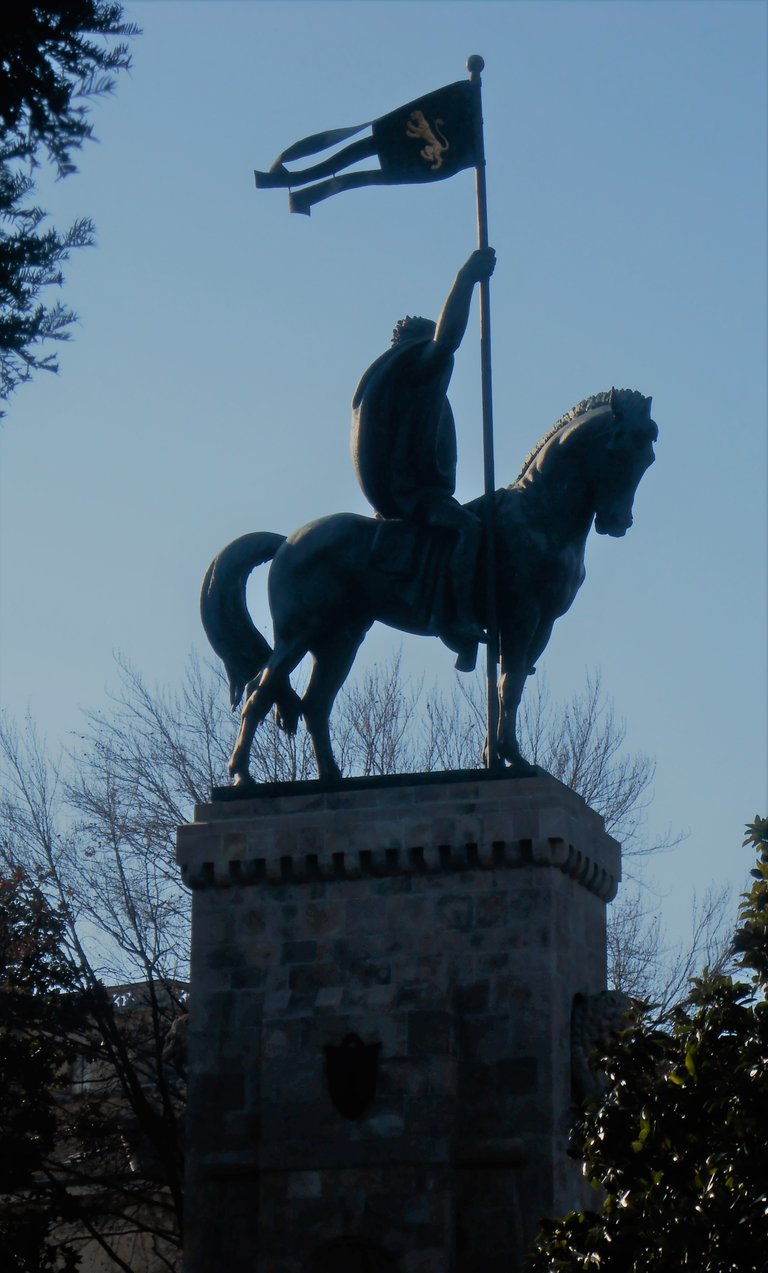
Lucca’s Monument to the Fallen of World War I. It was inaugurated in 1930 by Vittorio Emanuele III. It stands outside the old city.
Image Credits
- All photographs were taken by me and are in the Public Domain: Kopimi
- Street Map of Lucca: Unknown Copyright, Fair Use

Extraordinary and fantastic photographs friend excellent greetings
Greetings to you too.
Greetings and thank you.
What a beautiful place in italy! Thanks for sharing us. Enjoy your trip.
Thank you.
Wow. Excellent all photography.
Thanks.
really beautyfull photography.. keep it up😁
Thank you.
Very nice and interesting photography friend greetings
very good photograph...
nice photography, thanks for that,
@upvote done
Very nice photography done. Excellent one.
Im really totally fan of you from now dear...
Love you.
good place italy.👌👌✌✌
excellent photography.just awesome photo
@upvote done bro
nice photo..its awesome view & informative post...
thank you..@harlotscurse @upvote done
All are historical photo and place and photography in italy
Upvote is done @harlotscurse
fantastic photography bro.✌✌
Best picture you have taken dude.
I hear lots about lucca by reading your topics. Its an historical things. Most of the place there is nice.... its been a pleasure to read your post..